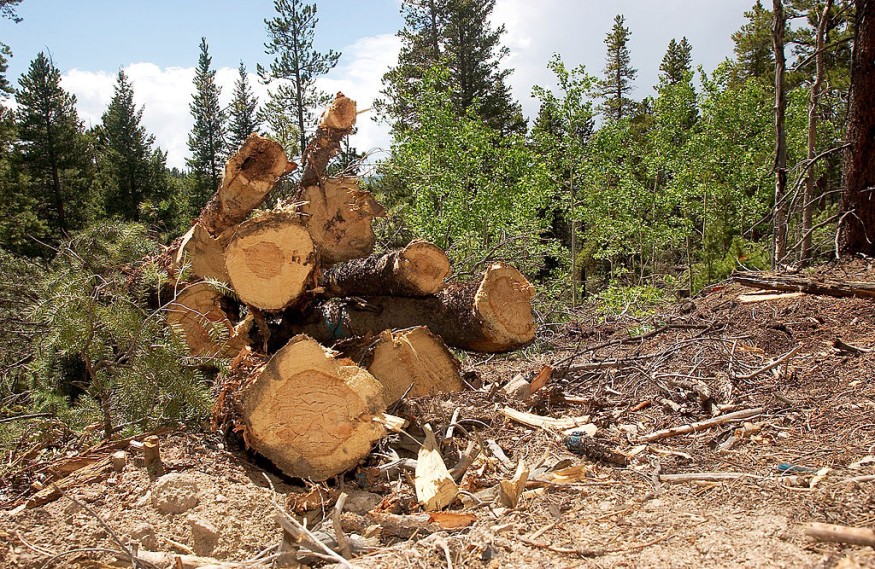
Officials claim that thinning the forest, which includes chopping down trees, might be the solution to the US's wildfire problem.
Wildfires in the US
Governments are embracing new strategies to preserve woods and the populations that live nearby as wildfires such as those that shrouded the northeastern US in smoke and haze earlier this month become more regular and intense.
The need of utilizing modern technology for tracking and managing current wildfires is emphasized by the US Department of the Interior. The most significant change in wildfire management, however, is on a tactic known as "fuels reduction," which requires cleaning forests of elements that encourage the quick development of "megafires."
The US Forest Service unveiled early last year a plan to treat more than 50 million acres of forest nationwide over the following ten years to make them less prone to flames. Billions of dollars have been set aside by Congress to support the project.
Fuels Reduction
Prescribed burns and forest thinning are the two major tactics used in the Fuel Reduction strategy. Prescribed fires are fires that forest managers intentionally initiate to burn up highly combustible substances like dead trees and low-lying vegetation. Similar processes are used when forests are thinned out by people. Sometimes, all that is required is a few people walking about pruning little saplings and manually removing dry detritus.
In other instances, forest thinning entails employing large machinery to remove mature trees to thin out forests and build fire breaks, according to the US Department of Agriculture.
Even if there are instances of intentional burns going out of control, most experts concur that regular fires are required to maintain a healthy forest ecology, and the surge in megafires is at least in part due to more than a century of active fire suppression in the US.
There seems to be less agreement when it comes to forest thinning, particularly when it involves removing live trees.
Forests must be prepared, according to advocates, who include the majority of forestry leaders in both the federal and state governments, so that the inevitable wildfires will be easier to control. They contend that while it may seem paradoxical to clear some forest land to conserve it, wildfires that strike untreated wilderness become so strong that there is essentially nothing that can be done to stop the flames from spreading to new places where they would harm towns and destroy additional trees.
Read also: NYC's Wildfire Air Pollution: Costing an Hour of Life, Equivalent to Smoking 6 Cigarettes
Forest Thinning Woes
Many people also add that because there is less competition for water and sunshine, the remaining trees are more robust and capable of finishing their natural cycle of post-fire rejuvenation.
However, critics of the technique, such as several environmental organizations, doubt the effectiveness of forest thinning in lessening the intensity of forest fires and claim that it seriously harms natural ecosystems. Many argue that limiting the consequences of climate change, which has raised temperatures and led to droughts that have dried up forests, is the most significant approach to preventing wildfire damage.
They contend that removing carbon-absorbing trees is in contrast to this objective. Others don't mind cutting low-lying brush or grass, but claim that widespread thinning is sometimes employed as a cover to permit logging in fragile forests, Yahoo News 360 reports.
Related Article : Air Quality Suffers as Canada Wildfire Haze Sweeps Through Northern US
© 2026 NatureWorldNews.com All rights reserved. Do not reproduce without permission.





